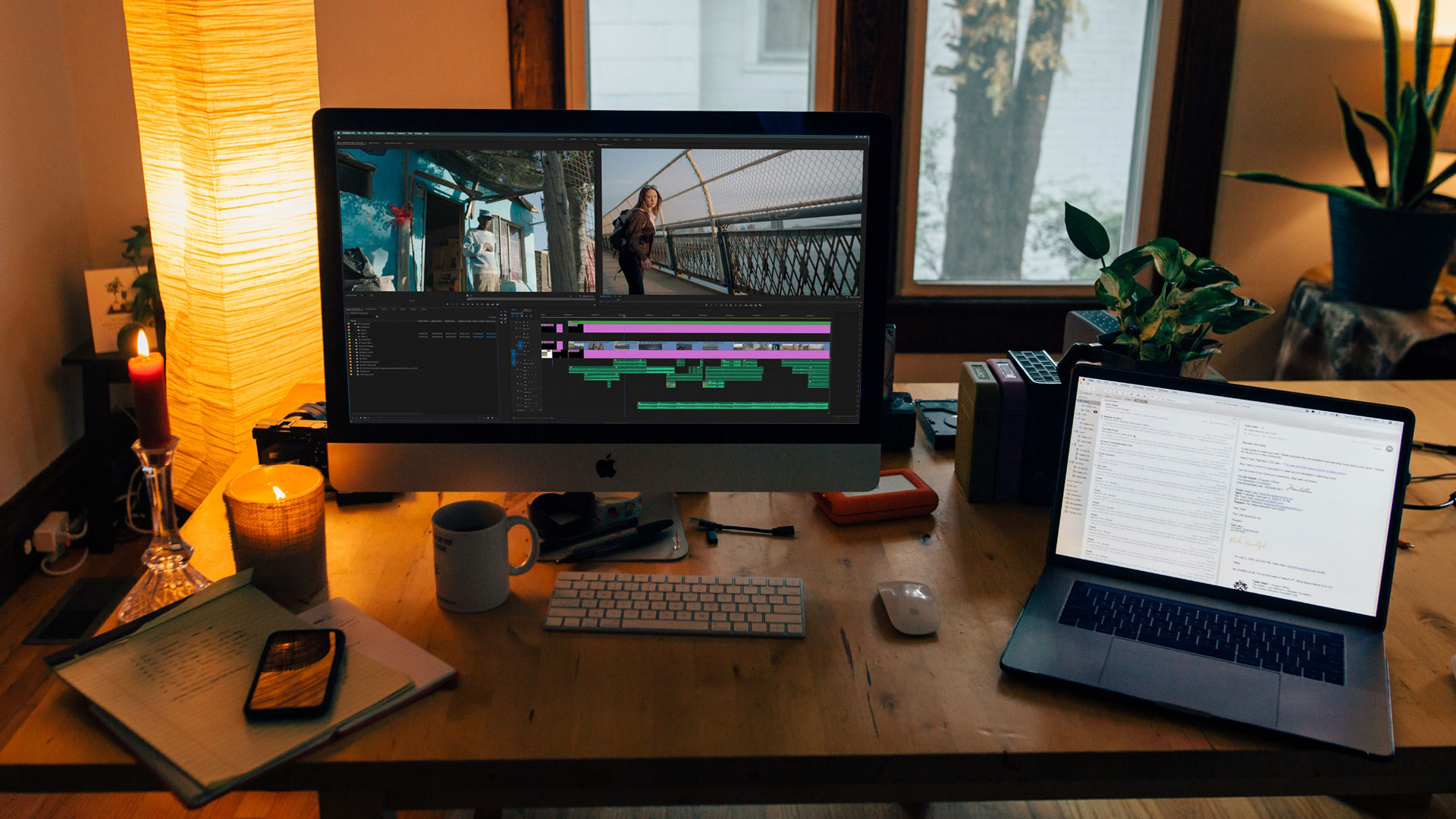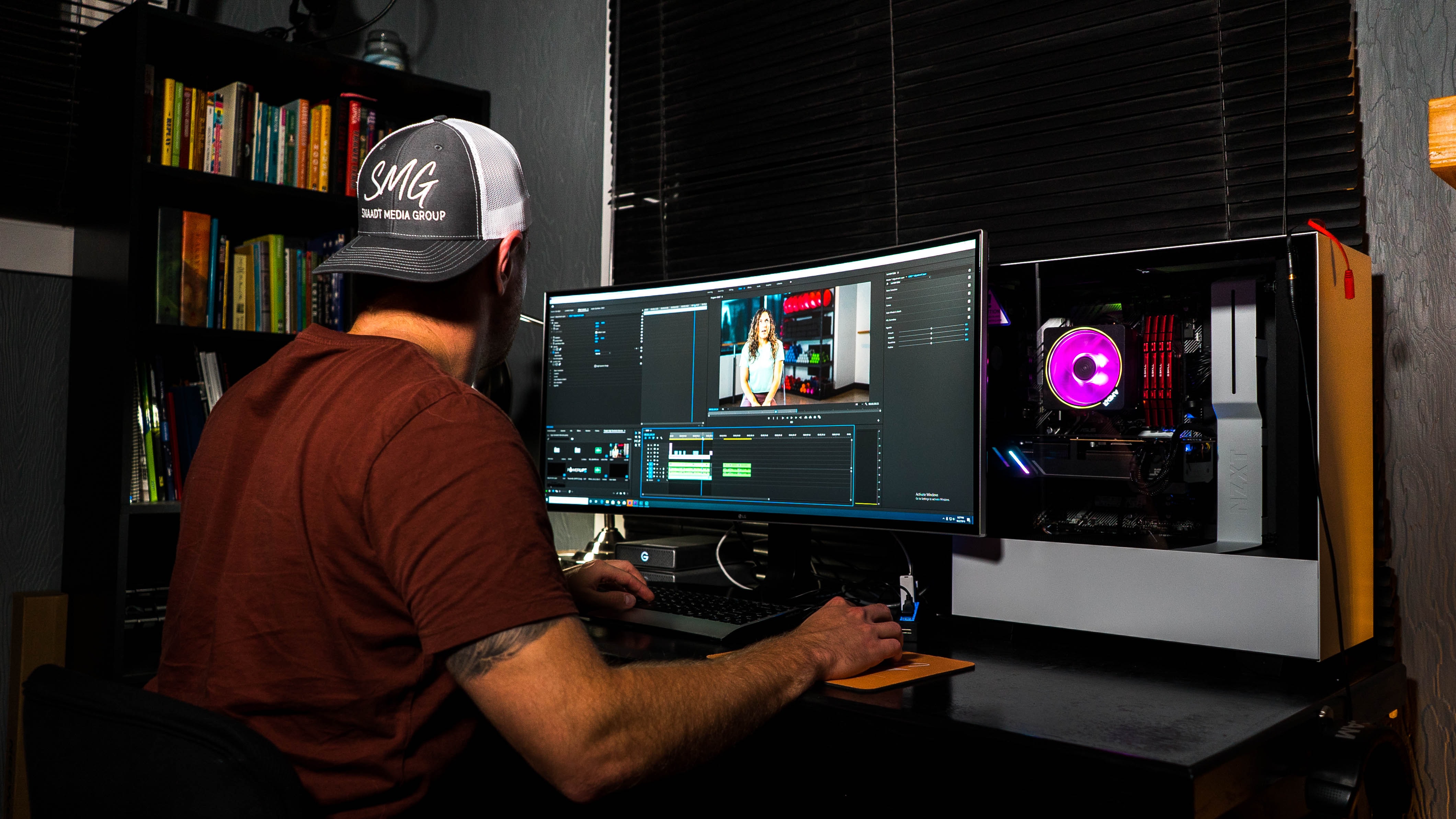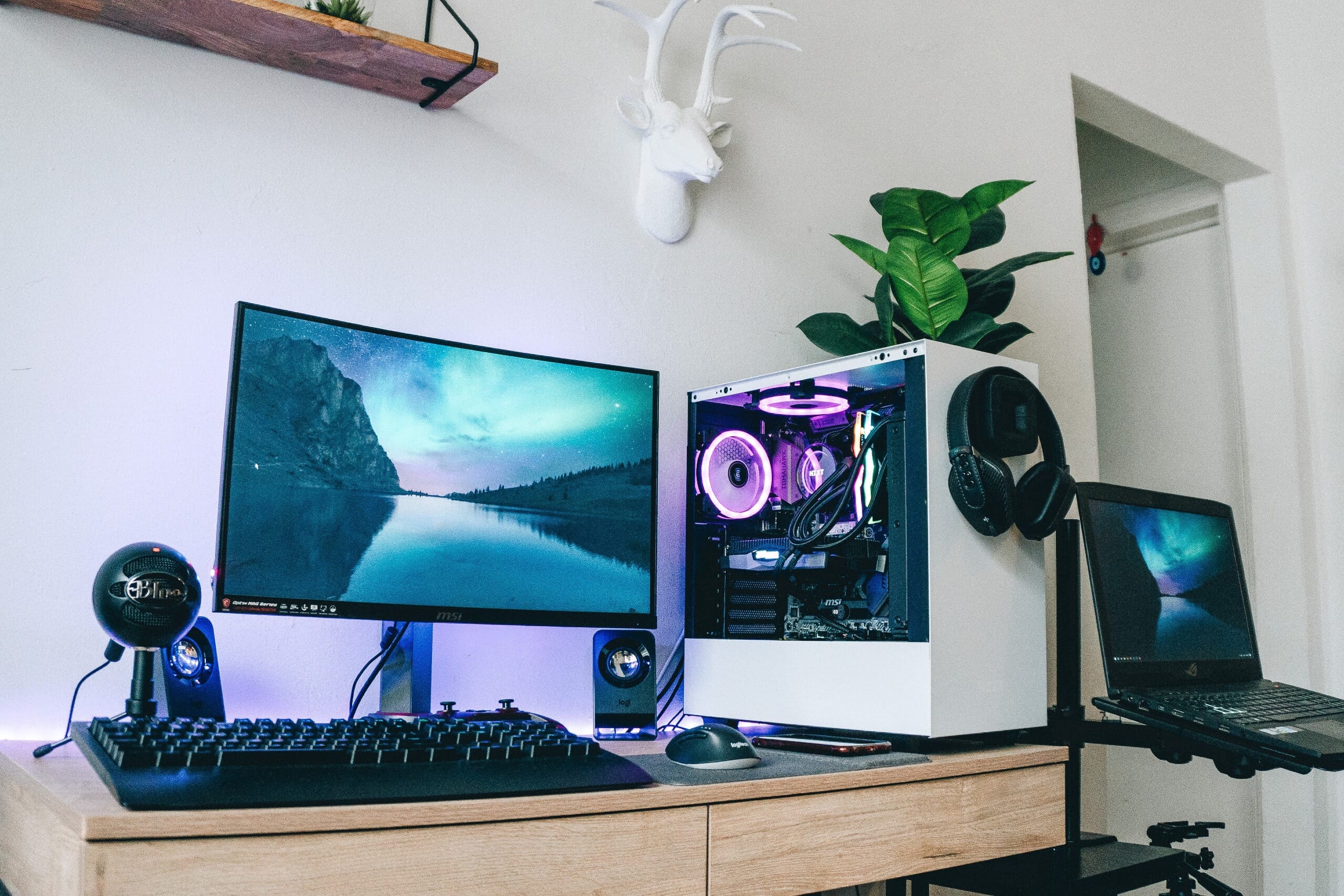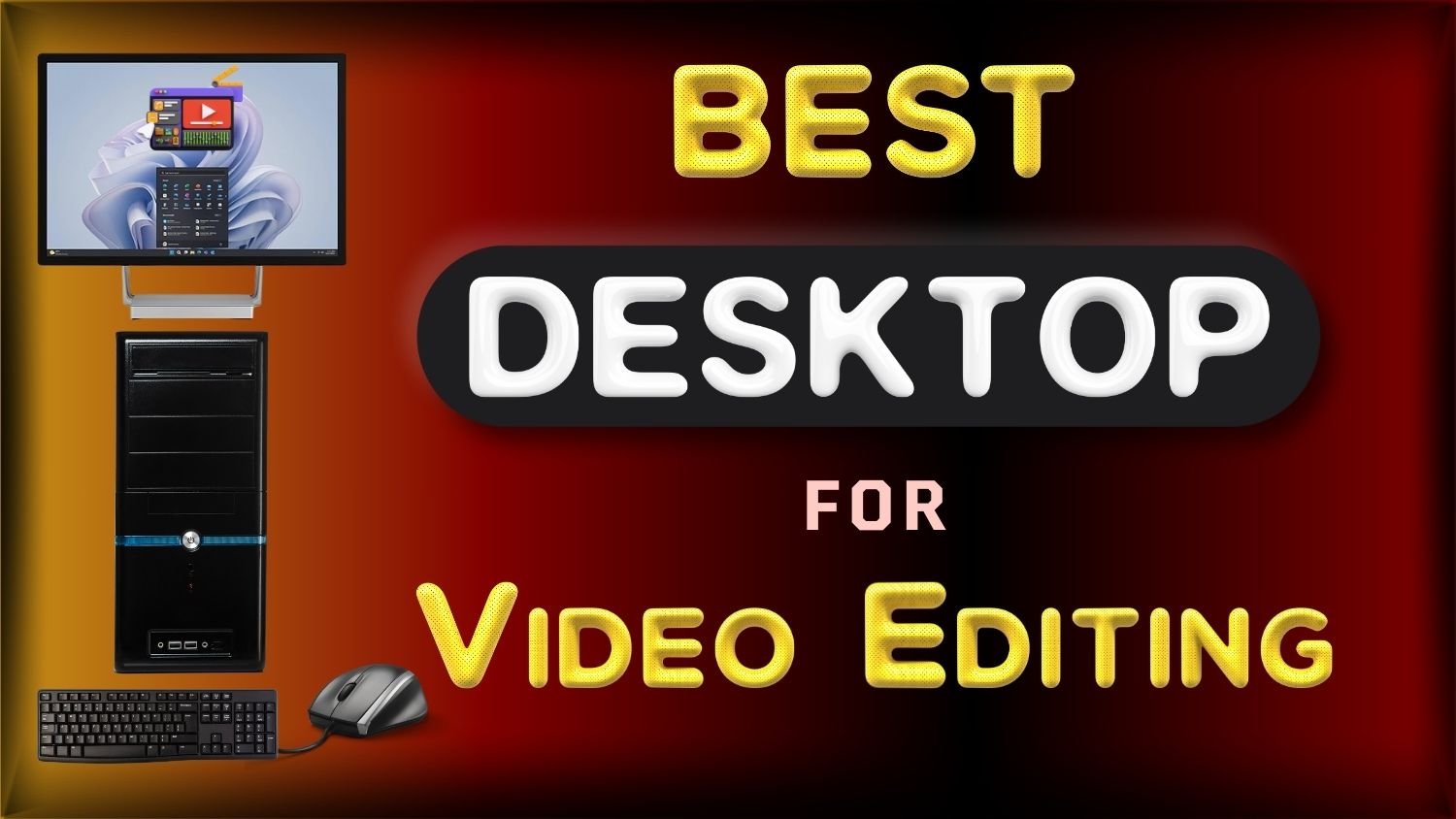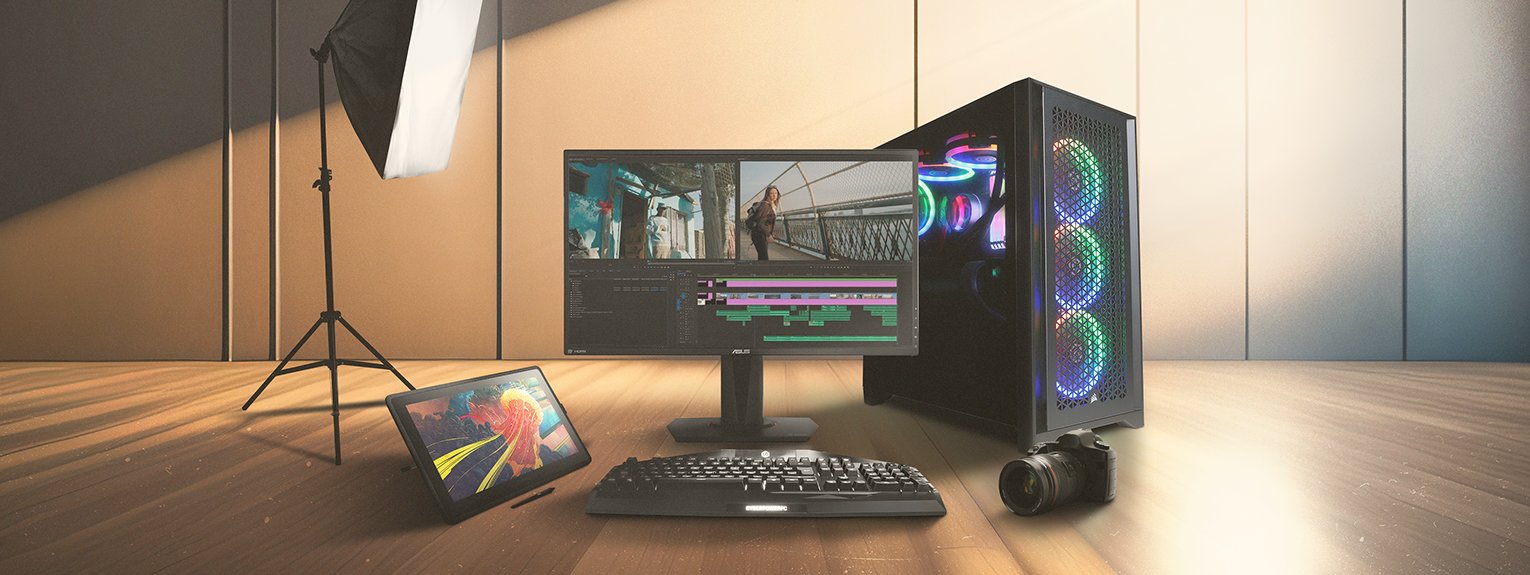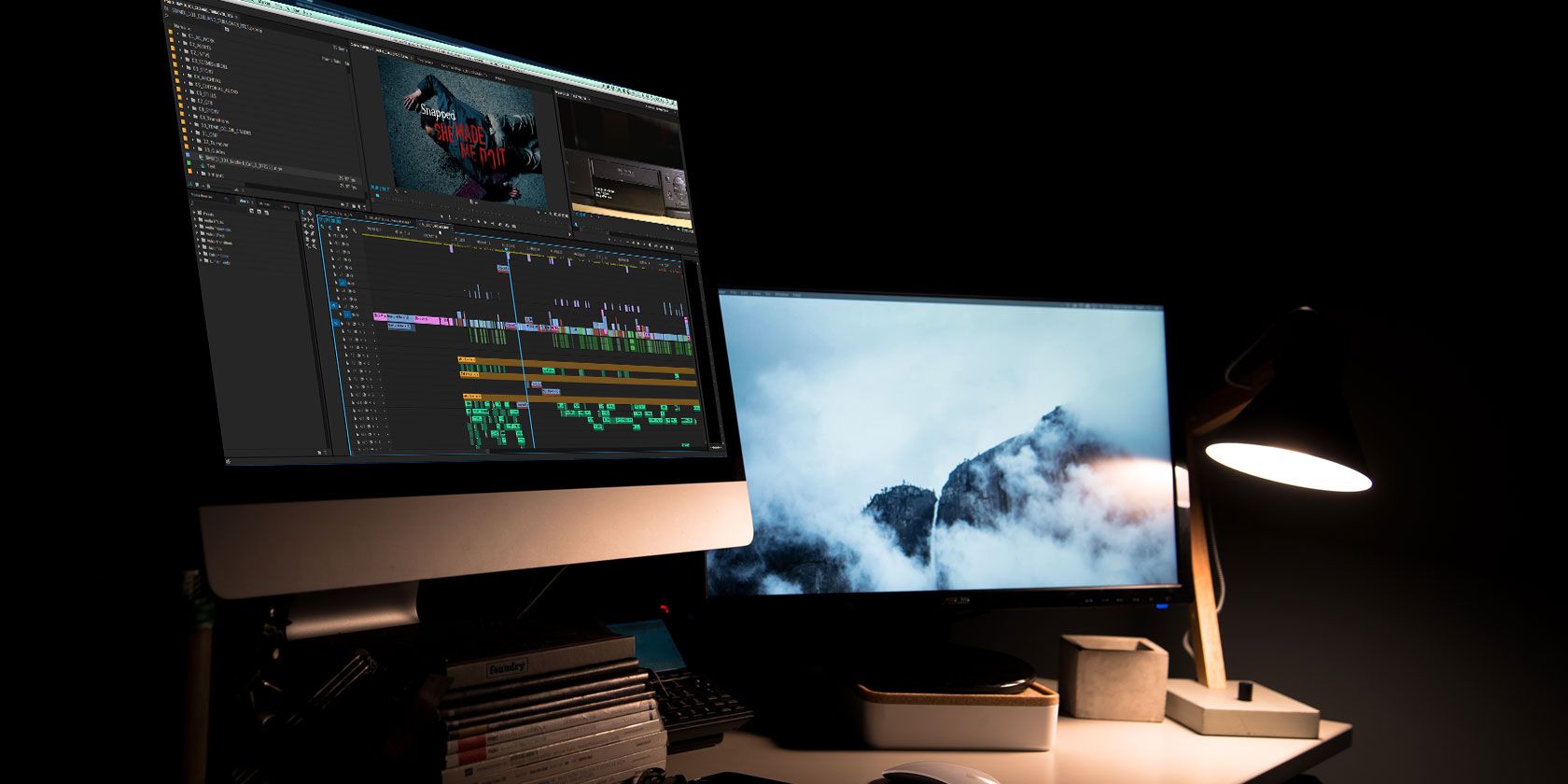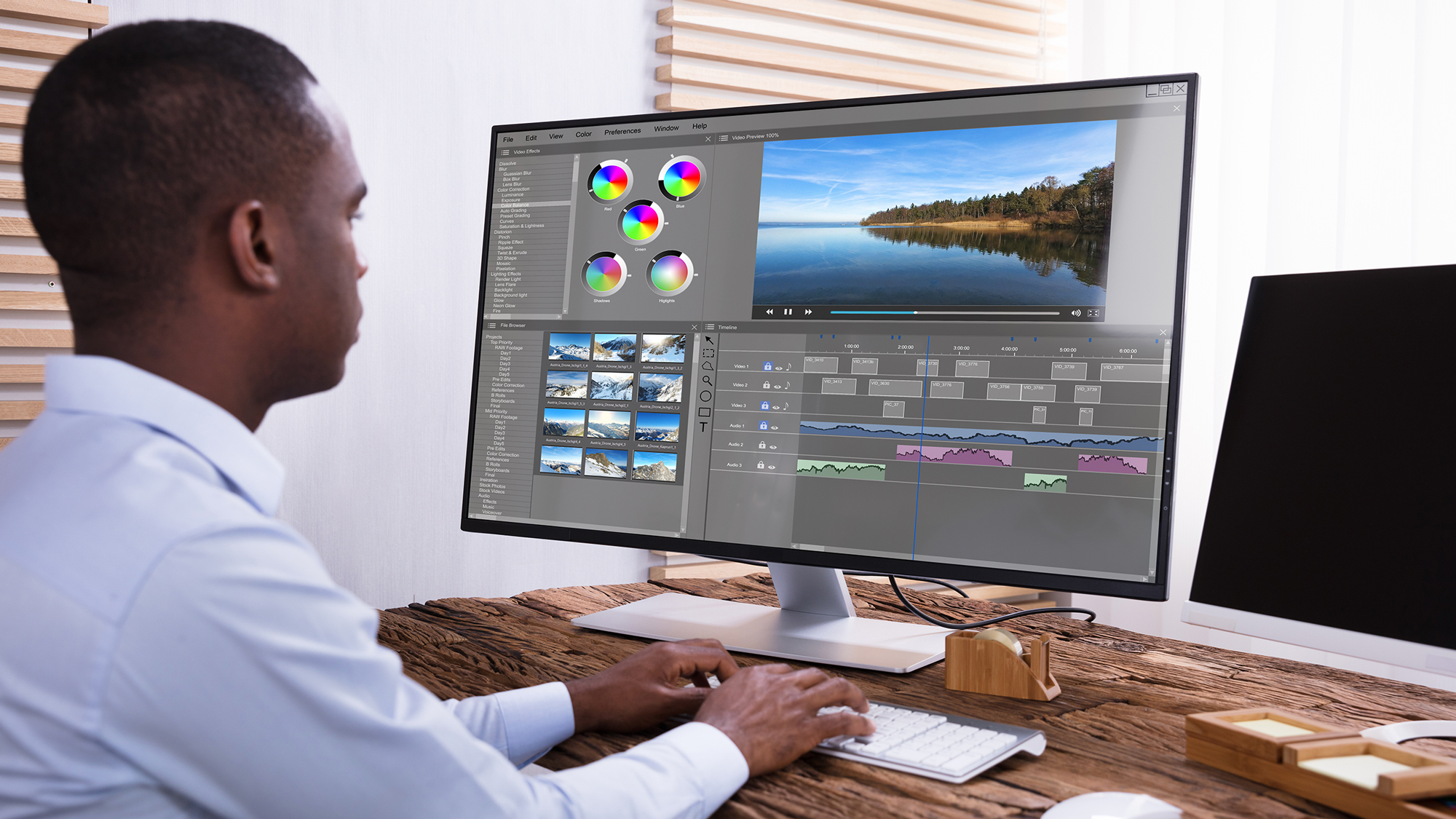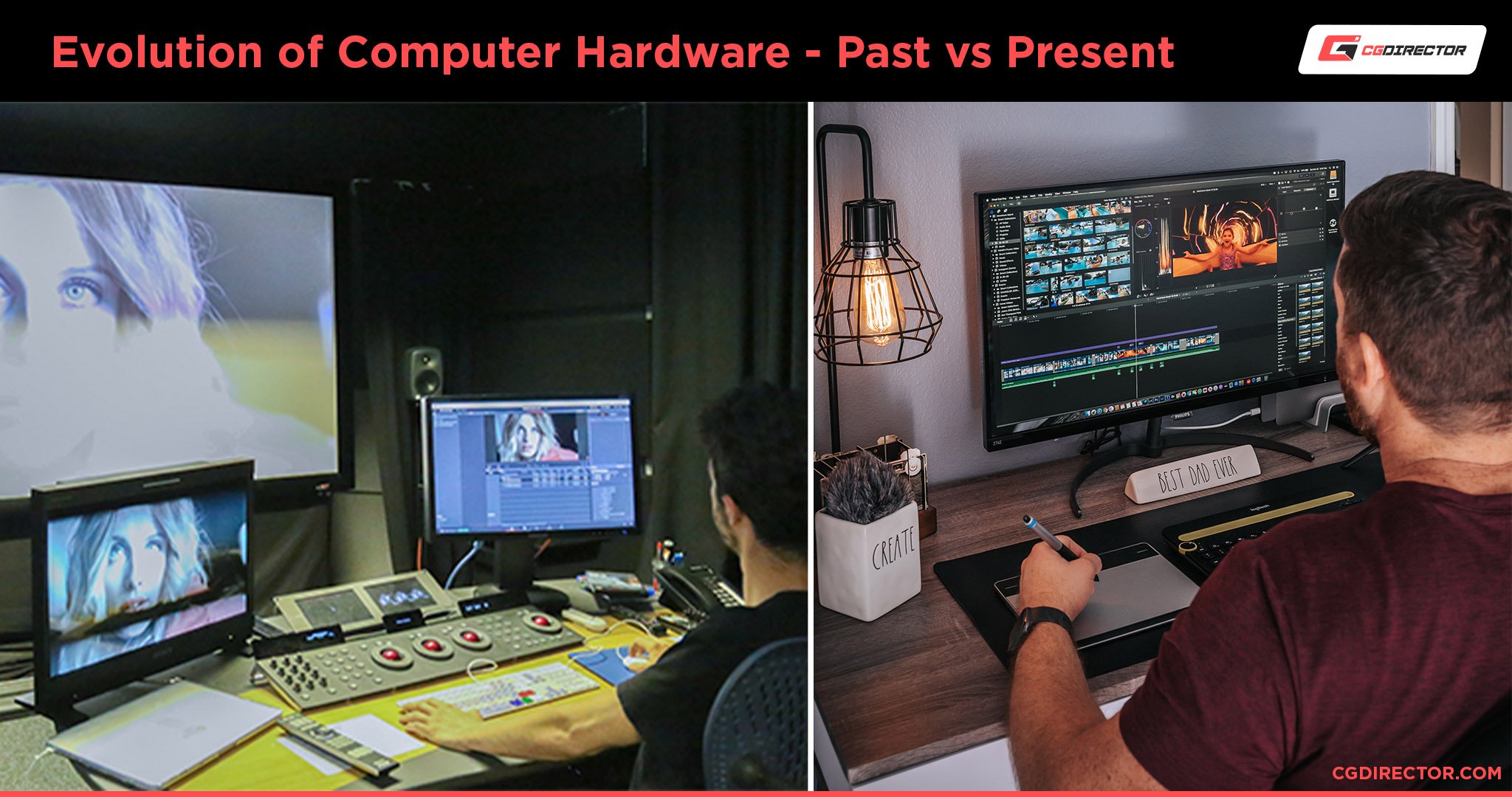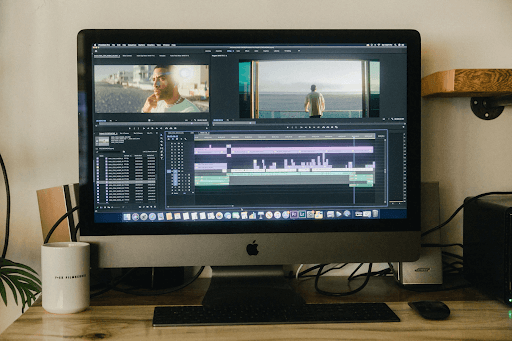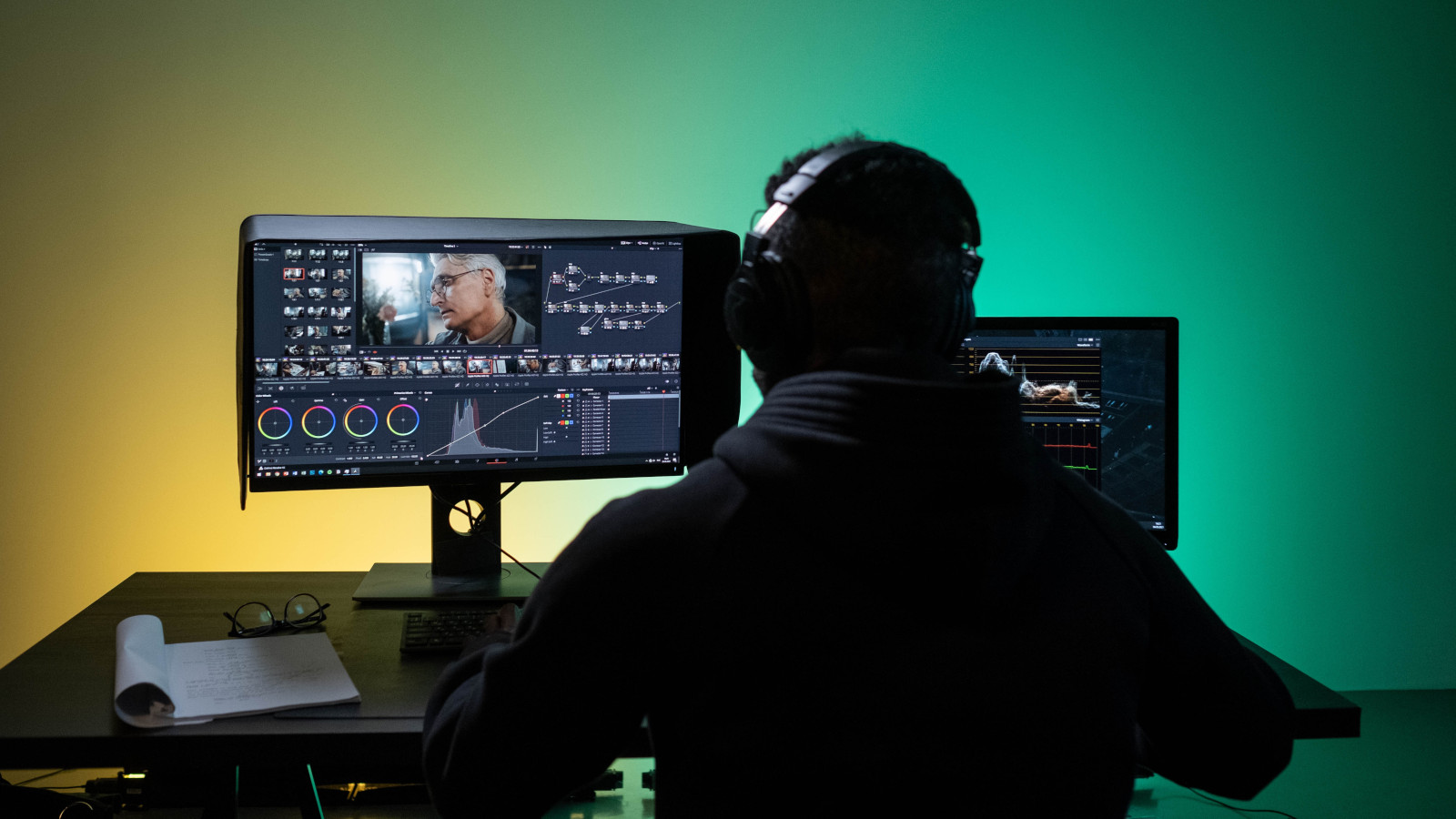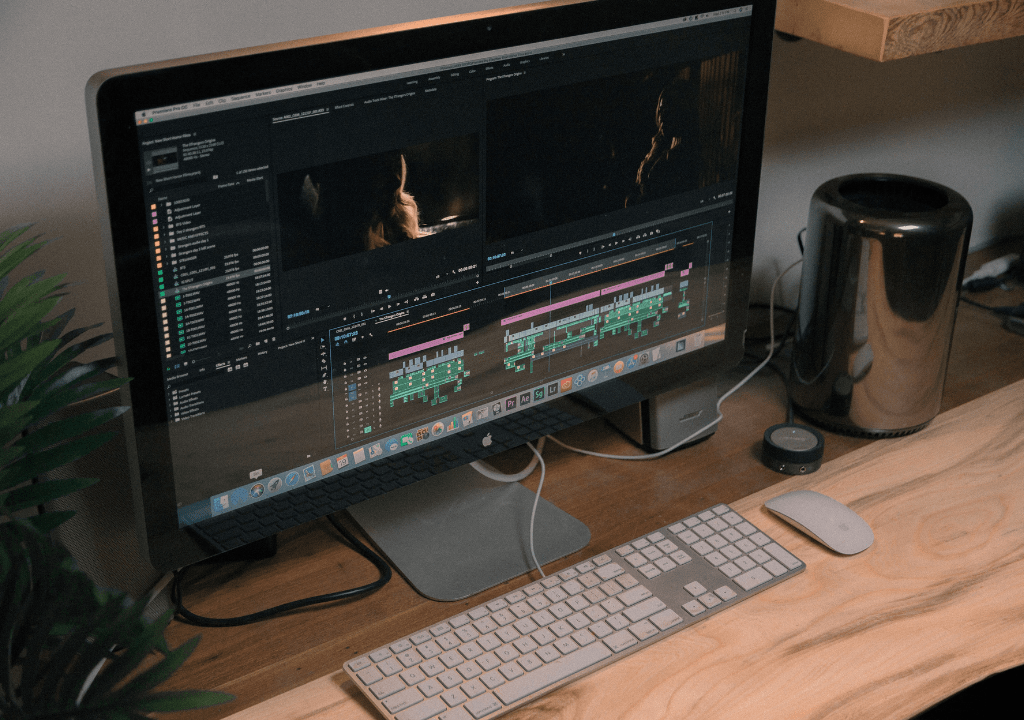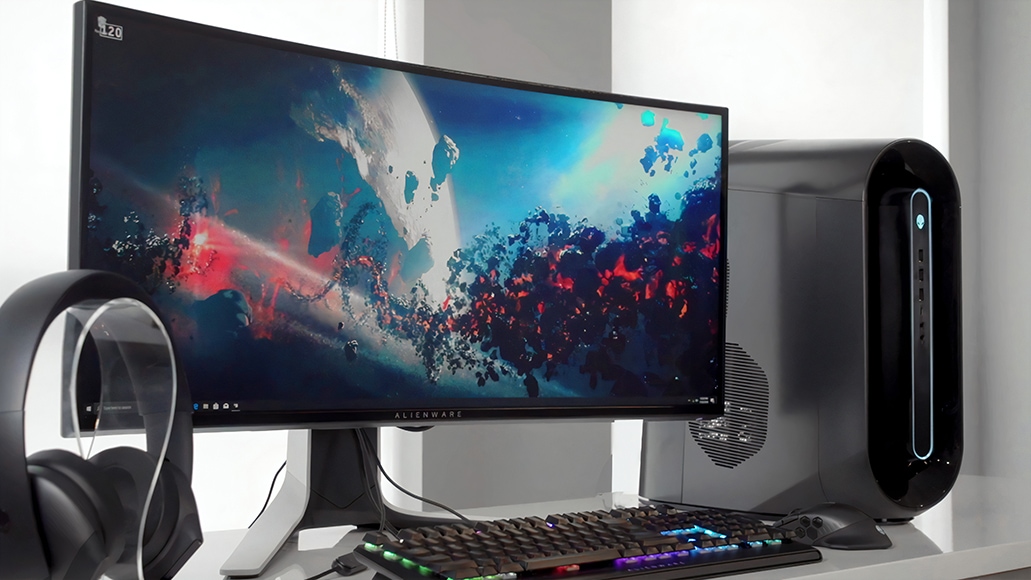What Is The Best Desktop Computer For Video Editing

So, you're ready to dive into the exciting world of video editing! Whether you're creating YouTube masterpieces, crafting compelling marketing videos, or simply preserving precious memories, having the right desktop computer is essential.
This guide is tailored for first-time buyers who might feel overwhelmed by the technical jargon and endless options. We'll cut through the noise and help you find the best desktop computer for video editing that fits your needs and budget.
Why a desktop? While laptops offer portability, desktops generally provide more power for the price and are easier to upgrade. Plus, that big monitor really helps when meticulously fine-tuning your edits!
Top 5 Desktop Computers for Video Editing: A Quick Comparison
Here's a snapshot of some of the top contenders, focusing on key specs and features for video editing:
| Model | Price (USD, Approx.) | Processor | RAM | Graphics Card | Storage | Warranty |
|---|---|---|---|---|---|---|
| Apple iMac 27-inch (2020) | $1,799 | Intel Core i5 | 8GB | AMD Radeon Pro 5300 | 256GB SSD | 1 Year Limited |
| Apple Mac Studio (2022) | $1,999 | Apple M1 Max | 32GB | Integrated M1 Max | 512GB SSD | 1 Year Limited |
| Dell XPS Desktop (8940) | $899 | Intel Core i5 | 8GB | NVIDIA GeForce GTX 1650 SUPER | 256GB SSD + 1TB HDD | 1 Year Limited |
| HP Envy Desktop (TE01-2000) | $749 | Intel Core i5 | 8GB | Intel UHD Graphics 730 | 256GB SSD | 1 Year Limited |
| CyberpowerPC Gamer Xtreme VR Gaming PC | $1,199 | Intel Core i7 | 16GB | NVIDIA GeForce RTX 3060 | 1TB SSD | 1 Year Limited |
Detailed Reviews
Apple iMac 27-inch (2020)
The iMac is a classic choice for video editors, offering a stunning display and a user-friendly operating system. It's great for beginners, but might require upgrades (RAM and storage) for more demanding projects.
The beautiful Retina 5K display is a boon for color-critical work. However, the integrated graphics may struggle with complex timelines and effects.
Apple Mac Studio (2022)
The Mac Studio is a powerhouse, especially for those deeply embedded in the Apple ecosystem. Its custom silicon delivers exceptional performance for video editing tasks.
While pricier than the iMac, it offers a significant performance boost, particularly in rendering and exporting videos. Consider this if you work with large files or complex projects.
Dell XPS Desktop (8940)
The Dell XPS Desktop is a versatile option that balances performance and affordability. Its sleek design and upgradeability make it a solid choice for aspiring video editors.
The dedicated graphics card allows for smoother editing and faster rendering than integrated graphics. The dual storage (SSD for speed, HDD for capacity) is a practical setup.
HP Envy Desktop (TE01-2000)
The HP Envy Desktop is an entry-level option for basic video editing tasks. It's suitable for beginners on a tight budget, but it may struggle with more demanding projects.
While affordable, the integrated graphics limit its capabilities for video editing. Consider upgrading the RAM and adding a dedicated graphics card later if your needs grow.
CyberpowerPC Gamer Xtreme VR Gaming PC
Don't let the "gaming" in the name fool you: The CyberpowerPC Gamer Xtreme is a powerful workstation for video editing. Its robust specs offer excellent performance at a competitive price.
The dedicated graphics card and ample RAM make it ideal for handling demanding video editing software and projects. Plus, its upgradeability ensures it can handle future challenges.
Used vs. New: Which Is Right for You?
Used Desktops: Pros
- Lower Price: Significant savings compared to buying new.
- Depreciation Already Absorbed: You avoid the initial price drop.
- Potential for Higher Specs: You might find a higher-end model for the price of a new, lower-end one.
Used Desktops: Cons
- Unknown History: Potential for hidden issues or wear and tear.
- Limited or No Warranty: Repairs could be costly.
- Outdated Components: May not be compatible with the latest software or technologies.
New Desktops: Pros
- Warranty Coverage: Peace of mind in case of defects or malfunctions.
- Latest Technology: Up-to-date components and features.
- Known Condition: You're the first owner, so you know its history.
New Desktops: Cons
- Higher Price: More expensive than used options.
- Depreciation: Value decreases quickly after purchase.
Recommendation: For first-time buyers, a new desktop is generally recommended due to the warranty and peace of mind. However, if you're tech-savvy and comfortable with potential risks, a used desktop can be a budget-friendly option.
Reliability Ratings by Brand
While individual experiences can vary, here's a general overview of desktop computer reliability by brand:
- Apple: Known for build quality and software integration, but repairs can be expensive.
- Dell: Generally reliable with good customer support, but some models may have known issues.
- HP: Wide range of models, with reliability varying accordingly. Research specific models before purchasing.
- CyberpowerPC: Built with off-the-shelf components, making them easier to repair and upgrade, but reliability can depend on the quality of those components.
Note: These are general observations, and it's crucial to research specific models and read user reviews before making a decision.
Checklist: 5 Must-Check Features Before Buying
- Processor: Aim for an Intel Core i5 or AMD Ryzen 5 processor or better for smooth video editing.
- RAM: 16GB of RAM is the sweet spot for most video editing tasks. 8GB is the bare minimum, and 32GB is recommended for complex projects.
- Graphics Card: A dedicated graphics card (NVIDIA GeForce or AMD Radeon) is essential for smooth playback, rendering, and effects processing.
- Storage: An SSD (Solid State Drive) is crucial for fast boot times and quick access to video files. A 256GB SSD is a good starting point, but 512GB or 1TB is recommended for larger projects. Consider adding a separate HDD (Hard Disk Drive) for archival storage.
- Ports: Ensure the desktop has enough USB ports (including USB 3.0 or higher) for connecting external drives, cameras, and other peripherals. Consider Thunderbolt ports for even faster data transfer.
Key Takeaways
Choosing the best desktop for video editing involves balancing your budget, technical needs, and long-term goals. Prioritize a powerful processor, ample RAM, a dedicated graphics card, and fast storage.
Consider whether a new or used desktop is right for you, and research brand reliability and specific model reviews. Always double-check the essential features to ensure compatibility with your software and workflow.
Remember to factor in future upgradeability. Can you add more RAM, upgrade the graphics card, or expand storage as your skills and project demands grow?
Ready to Edit?
Now that you're armed with the knowledge, take the next step! Explore different models, read reviews, and compare prices. Choose the desktop that best fits your needs and budget, and get ready to bring your video editing visions to life.
Happy editing!

